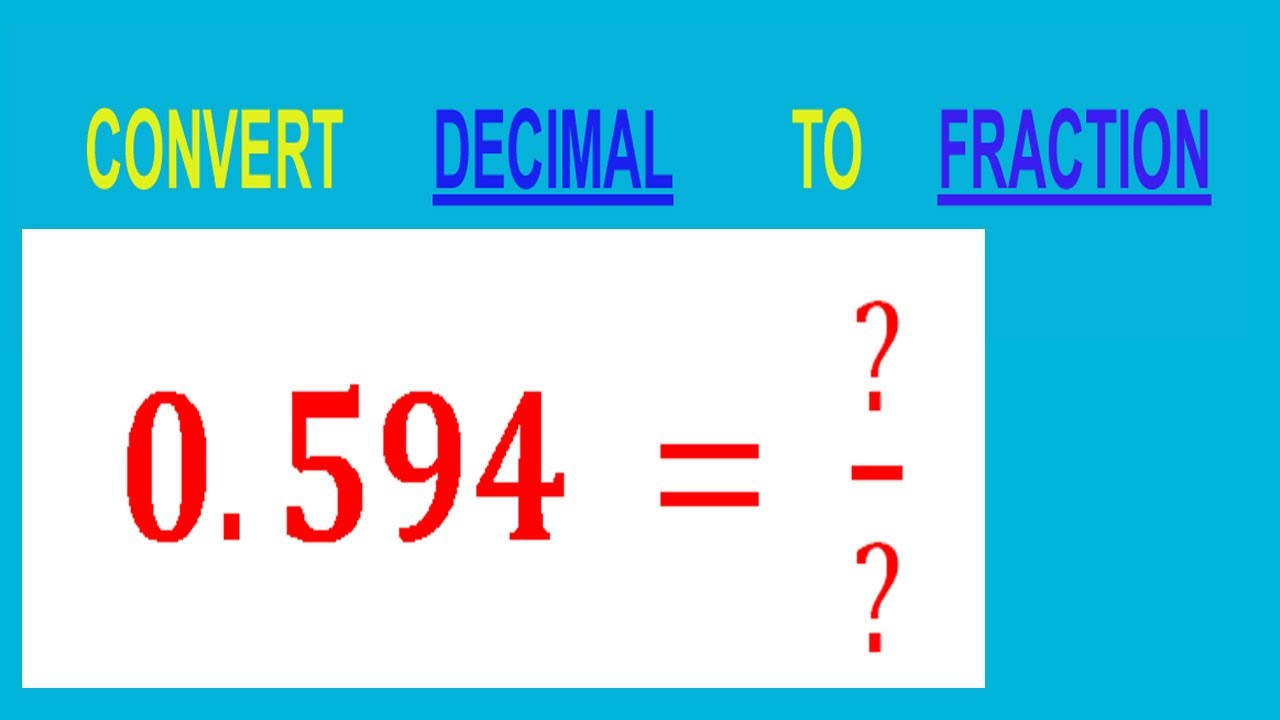Hey, everyone! I was working on this thing today, and it was all about turning the number 594 into a fraction. I thought I’d share my whole process with you guys, from start to finish.
So, I started with the number 594. It wasn’t a decimal or anything, just plain old 594. First, I thought, “Okay, let’s make this into a fraction by just putting it over 1.” Like this: 594/1. Pretty straightforward, right?

But then I realized, that’s not really what we usually mean when we say “fraction.” We want something that looks more like those other fractions, with a numerator and a denominator that are both whole numbers.
I remembered some stuff from way back when, about how every whole number can be thought of as a fraction if you just divide it by 1. So, 594 is the same as 594/1.
Then it hit me – if the question was about turning 0.594 into a fraction, that would be different. I’d put 594 over 1000 because there are three digits after the decimal point. That would give me 594/1000.
- I started by writing down 594.
- Then I made it a fraction by putting it over 1, like 594/1.
- I thought about what a “real” fraction usually looks like.
- I remembered that any whole number can be a fraction over 1.
- Then I figured, if it was 0.594, I’d put it over 1000 to get 594/1000.
So, if we’re really being technical, 594 as a fraction is just 594/1. But if the original number had been 0.594, we’d end up with 594/1000, which we could probably simplify even more.
Anyway, that was my little math adventure for the day. Hope you guys found it somewhat interesting! It’s these little things that sometimes make you scratch your head, but it’s all good in the end.